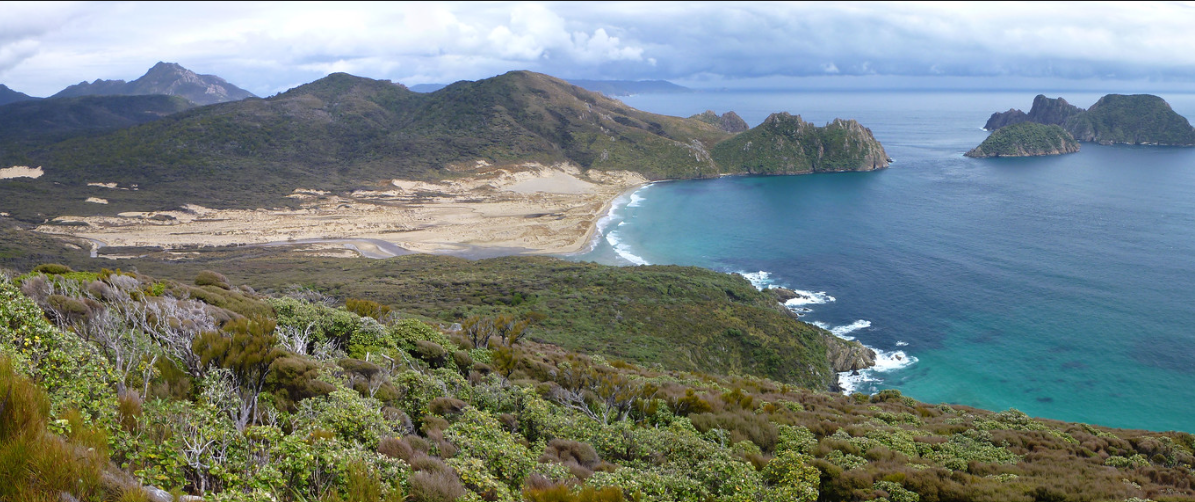News release
From:
New evidence reveals moa occurred naturally on Rakiura
New research by the University of Otago and the Department of Conservation provides evidence that moa may have been indigenous on Rakiura / Stewart Island shortly after human arrival.
The findings published today in the New Zealand Journal of Ecology add to a long-running debate regarding whether moa were indigenous to Rakiura, as few potentially natural moa remains have been found on the island.
The paper, based on research by lead author Dr Alex Verry from the Department of Zoology, outlines the results of a multidisciplinary analysis of a moa skeleton discovered on Rakiura’s West Ruggedy Beach by Department of Conservation Rakiura Ranger Phred Dobbins.
“The excavation revealed a partial skeleton with no cut marks from stone tools, and we also discovered gizzard stones and a dark organic-rich layer of sand beneath the skeleton that was likely stained by the rotting moa and the plant contents of its gizzard,” Dr Verry says.
Co-author Dr Nic Rawlence, Director of the Otago Palaeogenetics Laboratory, explains ancient DNA analysis revealed that the skeleton belonged to a South Island giant moa (Dinornis robustus), while radiocarbon dating showed the moa died around 700 years ago, just after the arrival of Polynesians on the island.
“The findings suggested the South Island giant moa had died near to where it was found and represented a moa that naturally occurred on Rakiura and died a natural death,” Dr Rawlence explains. “We believe it is likely to be of natural origin, despite its post-human date.”
The research team excavated the skeleton with the assistance of Dr Matt Schmidt, Senior Heritage Adviser from the Department of Conservation, in close consultation with Murihiku Ngāi Tahu, kaitiaki and mana whenua of Rakiura.
Dr Schmidt says the discovery that this species of moa was alive when Māori first occupied Rakiura has significantly added to the cultural narrative of the island.
“The find emphasises the important link between the natural and cultural heritage values on Rakiura and that continued research like this is invaluable for understanding the island’s past and informing on its future management,” Dr Schmidt says.
Dr Verry adds the research highlights the scientific significance of such remains and their ability to provide unique insights into the past.
“A large amount of important contextual information is lost when individuals take it upon themselves to remove moa remains from protected areas like national parks and archaeological sites, in order to sell them,” Dr Verry says.
“Without this appropriate contextual data, these remains become near scientifically useless.”
The research also highlights the importance of scientists working with iwi, particularly given moves to stop the removal of moa bones from archaeological and fossil sites to sell online.
The Government and Department of Conservation are now considering banning the sale of subfossil bird bones, including moa, in New Zealand.
Dr Rawlence says if the sale of moa bones is stopped, then discoveries like this South Island giant moa on Rakiura can help answer important questions about the evolution of moa.



 New Zealand
New Zealand



